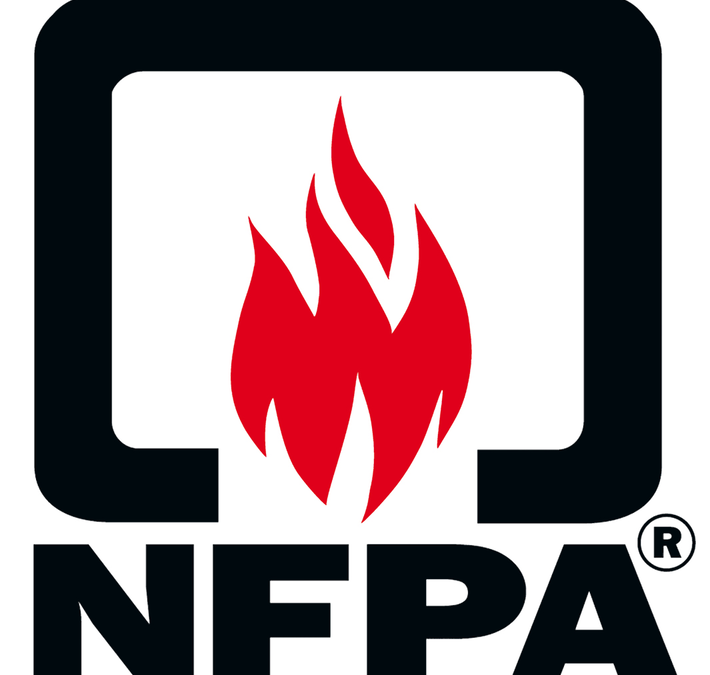NFPA publishes more than 300 consensus codes and standards intended to minimize the possibility and effects of fire and other risks. NFPA codes and standards, administered by more than 250 Technical Committees comprising approximately 8,000 volunteers, are adopted and used throughout the world.
OSHA and NFPA 70E: A History of Powerful Protection for Employees on the Job
NFPA 70E®, Standard for Electrical Safety in the Workplace® and OSHA have had a long history of working together. In fact, OSHA is a large part of why NFPA 70E even exists. In the late 1970s, it became apparent that the hard line that OSHA had taken on work exposing employees to hazards needed some modifications when it came to electrical work.
However, OSHA realized that as fast as the electrical industry was changing, it would be very difficult for the Occupational Safety and Health Act to keep up with changing trends. Because of this, OSHA decided that an organization like NFPA, with a long history of developing codes and standards for the fire, life safety, and electrical safety worlds, would be a great fit for developing a standard on electrical safety when it came to employees in the workplace.
So, does OSHA enforce regulations established by the NFPA? No, but consider…
Safety regulations are devised by government agencies to define minimum standards of practice to minimize health and safety risks. A key term in this definition is minimum standards, meaning organizations avoid penalty if all regulatory boxes are checked. But safety systems in industrial workplaces often rely too heavily on their regulatory compliance as the principal measure of their safety performance. The assumption is that if there is no deficiency to penalize, safety performance must be excellent.
Compliance, in this context, is a “trailing indicator”, meaning it is an indication of past performance only. It does not indicate present or future safety performance, nor does it provide insight about what potential hazards may manifest. As such, many safety professionals’ jobs are reduced to merely monitoring compliance. When a company focuses too much on using trailing indicators to measure safety performance, the system can become overly reactive rather than preventative, and improvement can occur only if an unmet regulation is discovered or after a safety incident occurs.
Spencer-SHE has been providing Safety, Health and Environmental Compliance Guidance since 1980, offering clients cost-effective, turn-key solutions. Contact us here to help you to develop and maintain a safe and healthy workforce.
Sources:
https://www.nfpa.org/Codes-and-Standards/All-Codes-and-Standards/List-of-Codes-and-Standards
https://www.workplace-safety-nc.com/articles/OSHA-enforce-NFPA-70E.html
Who Benefits from Workplace Safety Regulations? (predictivesafety.com)

